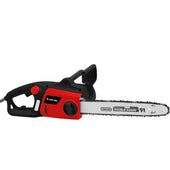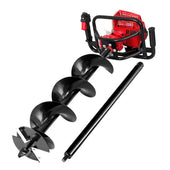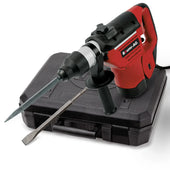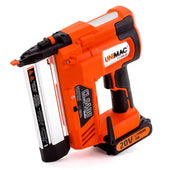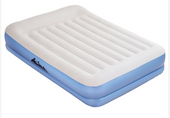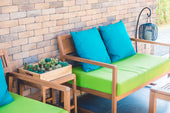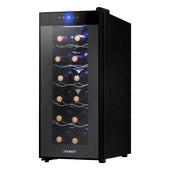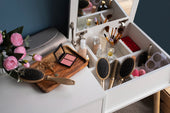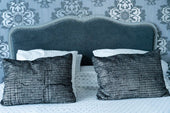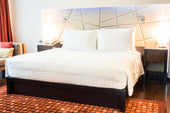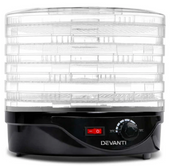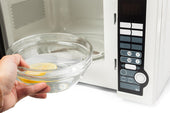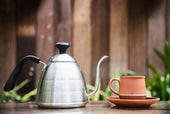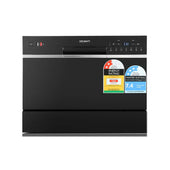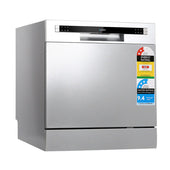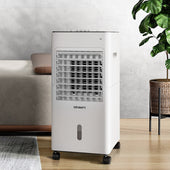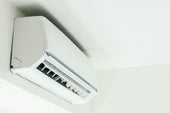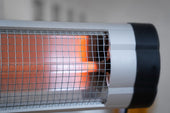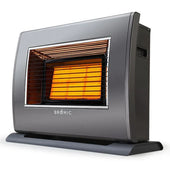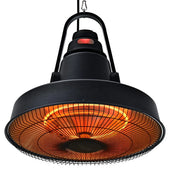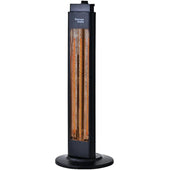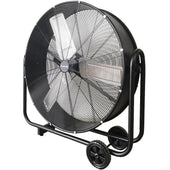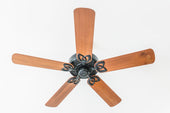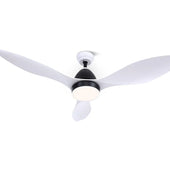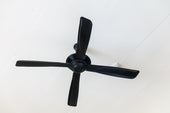Introduction to Dining Table Materials
When selecting a dining table, materials play a crucial role in both functionality and aesthetics. Dining tables are crafted from various materials, each offering unique qualities in terms of durability, maintenance, and design appeal. Popular options such as glass, wood, and marble cater to diverse preferences and needs.
- Glass is celebrated for its sleek, modern look and the ability to create an illusion of spaciousness. It is easy to clean but prone to scratches and smudges.
- Wood embodies traditional charm and warmth, offering longevity and versatility in finishes. It may require more maintenance to prevent wear.
- Marble exudes luxury and sophistication, providing unmatched visual appeal, though it demands careful upkeep due to its porous nature.
Understanding the characteristics of these materials is vital in making an informed choice.
Key Considerations When Choosing a Dining Table
When selecting a dining table, several factors must be evaluated to ensure harmony with the space and functionality needs:
- Room Size and Layout: The table should suit the room size, leaving at least 90 cm of clearance on all sides for movement.
- Durability: Materials like glass, wood, or marble vary significantly in durability and maintenance requirements.
- Style Compatibility: The table should align with the surrounding décor, whether modern, rustic, or classic.
- Budget: Pricing differences between materials like glass, wood, and marble may determine the choice.
- Usage Needs: Consider seating capacity, dining frequency, and the need for extensible options.
- Maintenance: High-maintenance surfaces may not work for households with children or hectic schedules.
Evaluating these elements ensures a table that enhances both aesthetic appeal and practical utility.
Glass Dining Tables: Pros and Cons
Glass dining tables offer a sleek, modern aesthetic that complements a variety of interior designs. Their reflective surfaces create an illusion of space, making them ideal for smaller rooms. They can come in various shapes, including rectangular, oval, or round, allowing flexibility in styling. At During Days, Maintenance is relatively straightforward; a quick wipe keeps the surface spotless, and they resist stains.
However, glass tables can be prone to scratches or chipping if not handled carefully. They also require regular cleaning, as fingerprints and smudges are visible. Safety concerns may arise with tempered glass being the more durable but still imperfect choice for households with young children.
Wood Dining Tables: Timeless Appeal and Drawbacks
Wood dining tables are celebrated for their classic charm and versatility. They offer a warm, natural aesthetic that complements both traditional and contemporary interiors. Available in various wood types like oak, walnut, and teak, these tables often feature unique grain patterns that add character to a dining space.
Advantages:
- Durability: Solid wood tables are sturdy and built to last for years when properly maintained.
- Customisable: Easily refinished or painted to match changing décor styles.
- Eco-Friendly Option: Sustainably sourced wood supports eco-conscious buyers.
Drawbacks:
- Maintenance: They require regular care, including polishing to avoid scratches and warping.
- Susceptibility to Damage: Vulnerable to heat, water stains, and fading in direct sunlight.
- Weight: Heavier than glass tables and less convenient for moving or rearranging.
Overall, wood dining tables provide a timeless appeal but demand meticulous care to preserve their beauty.
Marble Dining Tables: Elegance and Practicality
Marble dining tables bring an air of sophistication and luxury to any dining space while offering remarkable durability. The natural stone’s unique veining patterns ensure every table is one-of-a-kind, appealing to those seeking exclusivity. Its dense and sturdy composition makes it resilient to scratches and heat, making it a practical choice for frequent use.
However, marble requires regular maintenance to prevent staining and etching from acidic substances. Sealing the surface periodically helps preserve its appearance. It is also heavier and less customisable compared to other materials, necessitating careful planning for installation and placement. Marble tables work exceptionally well in modern, minimalist, or opulent interiors.
Comparing Durability: Glass vs Wood vs Marble
When evaluating dining table materials, durability is a crucial factor to consider, as it directly impacts the table's lifespan and maintenance requirements.
- Glass: Glass is resistant to stains, scratches, and water damage, but it is prone to chipping or shattering under heavy impact. Tempered glass is sturdier and safer than standard glass.
- Wood: Wooden tables are generally robust and can last decades with proper care. However, they are vulnerable to dents, scratches, and warping from excessive moisture or heat.
- Marble: Marble is incredibly durable, resisting scratches and heat. However, it is porous, making it susceptible to staining and requiring regular sealing to preserve its surface integrity.
Choosing the right material depends on individual durability requirements.
Maintenance and Care Tips for Each Material
Glass Dining Tables
- Cleaning: Use a soft microfiber cloth with a gentle glass cleaner to remove smudges, avoiding abrasive sponges.
- Protection: Place mats or coasters under hot dishes to prevent thermal cracking.
- Scratch Prevention: Avoid dragging items across the surface and consider using a protective table cover.
- Regular Care: Dust frequently to maintain sheen and clarity.
Wood Dining Tables
- Dusting: Use a cloth moistened slightly with water to prevent scattering dust.
- Polishing: Apply wood polish or wax every few months for additional protection.
- Stain Prevention: Wipe spills immediately and use tablecloths or coasters where possible.
- Placement: Keep away from direct sunlight and heat sources to prevent warping or fading.
Marble Dining Tables
- Cleaning: Clean with a pH-neutral cleaner or warm soapy water to avoid etching.
- Sealing: Apply a marble sealant periodically to guard against stains and moisture.
- Stain Management: Blot stains immediately, avoiding acidic cleaners which can corrode the surface.
- Weight Control: Avoid placing heavy items on thinner portions of the marble to reduce risk of cracking.
Aesthetic Versatility: Design Options for Different Materials
Each material offers unique aesthetic appeal suited to varied design preferences.
- Glass tables provide a sleek, modern finish that pairs well with minimalist or contemporary interiors. The reflective surface enhances light and creates a sense of spaciousness in smaller dining areas. Glass can also combine with materials like metal or wood for added contrast.
- Wood tables exude warmth and timeless charm. Available in oak, walnut, or reclaimed options, they fit rustic, vintage, or Scandinavian styles. Custom finishes, stains, and patterns further enhance their versatility.
- Marble tables convey luxury through natural veining and intricate patterns. Suitable for elegant or modern spaces, they are often paired with metal or stone bases for enhanced sophistication.
Each material aligns with specific home aesthetics, offering diverse options for personalisation.
Environmental Impact and Sustainability Options
The environmental impact of dining table materials depends on their sourcing, production, durability, and recyclability.
- Glass: Often made from sand and silica, glass production is energy-intensive but recyclable. However, sourcing raw materials and the manufacturing process can contribute to carbon emissions. Tempered glass, while durable, may be challenging to recycle locally.
- Wood: Responsibly sourced wood, such as those certified by FSC, is a renewable choice. Reclaimed or recycled wood is even more sustainable. Yet, hardwood harvesting may lead to deforestation if poorly managed.
- Marble: Mining marble depletes natural stone reserves and significantly impacts landscapes. Transportation and processing are resource-heavy. Marble is long-lasting but not renewable, limiting its sustainability benefits.
Selecting eco-friendly options and considering longevity can reduce a table’s overall environmental footprint.
Budget Considerations: Affordability of Glass, Wood, and Marble
When comparing glass, wood, and marble dining tables, affordability varies significantly based on material, craftsmanship, and style.
- Glass dining tables are often mid-range in cost. Their price largely depends on glass thickness, edge finishes, and supporting base material. Custom designs can increase expenses.
- Wood dining tables present a broad price spectrum. Softwoods like pine are more budget-friendly, whereas hardwoods like oak, walnut, or teak are more expensive due to durability and craftsmanship.
- Marble dining tables are typically the costliest. Factors like the grade of marble, surface finish, and size affect pricing. Marble’s premium appearance often comes with higher maintenance costs, which should also be considered.
Understanding material options helps buyers align choices with budget limitations.
Matching Dining Tables to Your Lifestyle and Preferences
Choosing the right dining table depends on how it fits into daily routines and design preferences. Glass dining tables suit modern, minimalistic homes, aiding smaller spaces with their reflective surfaces. Wood tables work well for families, offering durability and charm for years of frequent use. Marble tables appeal to those who prioritise luxury and elegance but require care to avoid damage from stains or scratches.
Consider factors like maintenance, aesthetic harmony with existing decor, and the primary function of the table—whether for casual meals, formal gatherings, or multifunctional use, such as work or crafts. Balance practicality with personal style.
Long-Term Value: Which Material Offers the Best Investment?
When considering long-term value, durability and maintenance play a crucial role. Wooden tables, particularly solid hardwood varieties, are known for their longevity and timeless appeal. They can be refinished if scratched, maintaining their investment value. Marble dining tables, although luxurious, require attentive care to prevent stains and chips, but their unique aesthetic can increase resale appeal. Glass tables, while modern and stylish, are prone to scratches and damage; they may need replacement sooner compared to wood or marble. Selecting a material involves balancing aesthetic preference, care requirements, and resale potential. Reliable upkeep ensures consistent long-term value.
Conclusion: Finding the Right Dining Table Material for You
Choosing the right dining table material depends on individual priorities, lifestyle, and desired aesthetics. Each material offers distinct benefits and demands unique upkeep requirements:
- Glass provides a modern, airy look and is easy to clean but can scratch and may not suit households with children.
- Wood offers warmth, durability, and timeless appeal but may require regular maintenance to prevent wear.
- Marble exudes luxury and sophistication, though it is heavy, porous, and prone to staining.
By evaluating durability, maintenance needs, and budget alongside personal style preferences, one can confidently select a dining table material that harmonises form and function.




